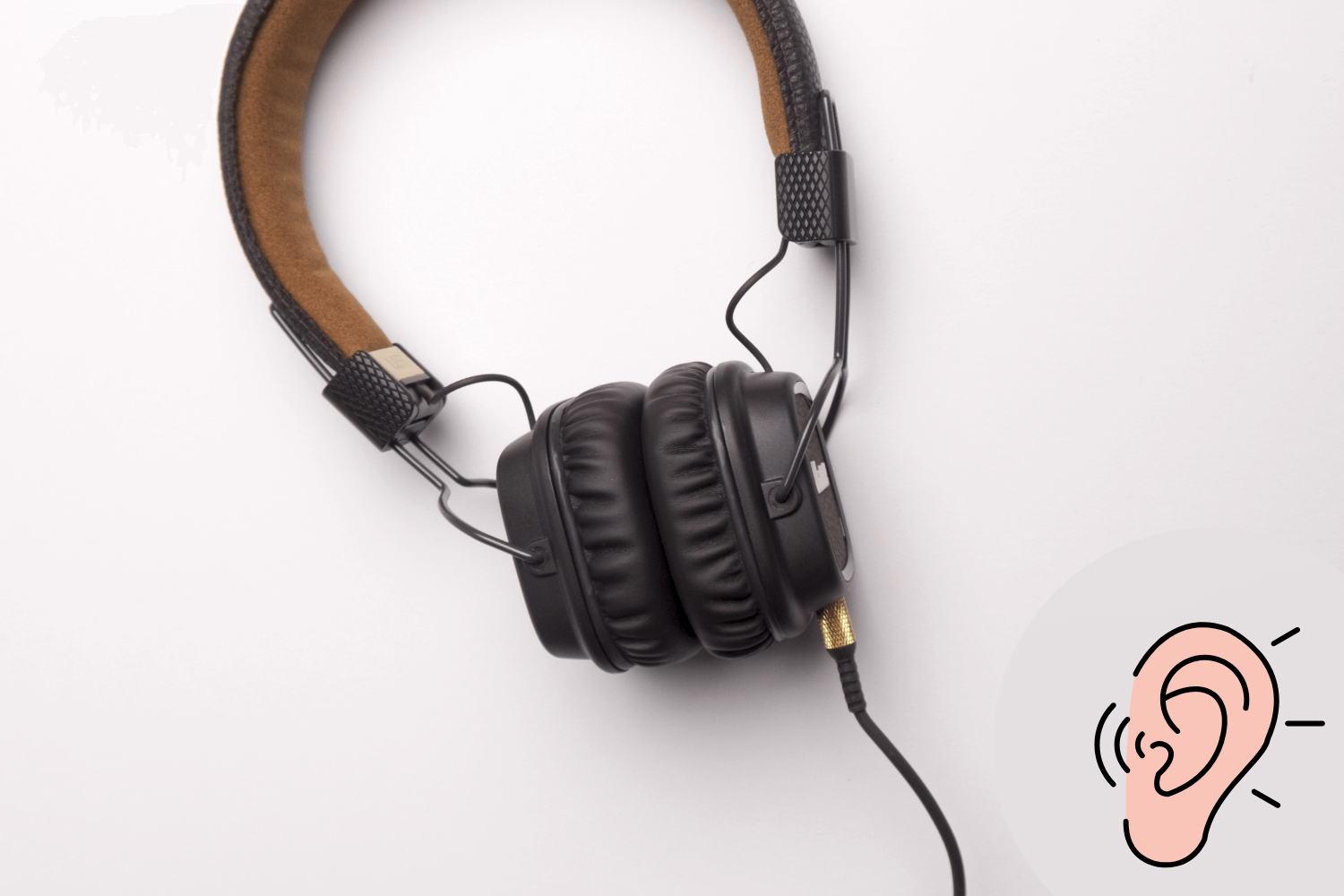Healthcare
Protecting Ears at Every Age: Safe Sound Levels for Babies and Seniors

We live in a noisy world. From the whir of traffic in Melbourne to the hum of electronics in Perth, noise is part of daily life. But did you know that sound can have a major impact on your health? Whether you’re a parent trying to protect your baby’s sensitive hearing or a caregiver helping a senior navigate the world of loud music and devices, understanding safe sound levels is crucial.
In this blog, we’ll look at how sound impacts babies and seniors, offering practical tips on how to protect their ears, especially in environments where loud noises are common.
🎶 The Impact of Noise on Hearing
Noise levels are measured in decibels (dB). Generally speaking, the higher the decibel level, the more damaging the sound. Here’s a quick reference to give you some perspective:
- Whisper: 30 dB
- Normal Conversation: 60-70 dB
- Traffic Noise: 80-85 dB
- Live Concert or Headphones: 100-110 dB
- Jet Engine: 130 dB
Now, let’s look at how safe sound levels for babies and seniors compare to these everyday sounds.
👶 Sound Protection for Babies
Babies’ hearing is still developing, so they are more sensitive to sound than adults. Their ears are less able to filter out loud noises, and overexposure can cause long-term damage.
Safe Sound Levels for Babies:
- Safe Sound Level: Anything over 60 dB can be too loud for babies, especially when it comes to headphones, loud music, or noisy environments.
- What to Avoid: Headphones and earbuds that fit directly into a baby’s ears can deliver sounds at dangerous volumes.
Tips for Protecting Babies’ Hearing:
- Avoid loud music near babies, especially in confined spaces like cars or shopping malls.
- Use noise-canceling headphones designed for babies or toddlers when in noisy environments like airports or busy streets.
- Create quiet, soothing environments with soft music, nature sounds, or white noise to help babies relax and sleep.
👵 Sound Protection for Seniors
As people age, their hearing naturally declines. This is known as presbycusis, a condition where the sensitivity to high-pitched sounds diminishes. Many seniors also have difficulty hearing conversations in noisy environments.
Safe Sound Levels for Seniors:
- Safe Sound Level: Seniors should keep listening volumes around 85 dB or lower. The average sound level of a vacuum cleaner is around 75-80 dB, so it’s best to keep listening devices at or below that level.
- What to Avoid: Loud concerts, heavy bass music, or using headphones at a high volume for extended periods.
Tips for Protecting Seniors’ Hearing:
- Use volume control settings on devices like smartphones, TVs, or computers to prevent sounds from getting too loud.
- Invest in high-quality hearing aids that can be tuned to help seniors hear specific frequencies better, without increasing the volume.
- Create quiet zones in the home, where noise levels are kept low to encourage relaxation and prevent hearing fatigue.
🔊 How to Keep Noise at Bay
- Choose the Right Volume on Devices
- Headphones: If you’re using headphones for yourself or your kids, always check the volume. Noise-cancelling headphones are a great investment to block out background noise, allowing for lower volumes.
- Smartphones and Tablets: Set a maximum volume limit for younger family members, and always keep the volume low to moderate.
- Use Soft Music or White Noise
For babies and seniors alike, soothing sounds are better than harsh noise. Try these options:
- White noise machines for babies to help them sleep without environmental distractions.
- Soft classical or instrumental music for seniors to create a calm and relaxed atmosphere.
- Encourage Quiet Zones
Designating areas in your home as quiet zones for relaxation and sleep can help protect everyone’s hearing. Lower the volume of TVs and speakers when in these zones to maintain a peaceful environment.
💡 Expert Recommendations
For Babies:
- According to the American Academy of Pediatrics (AAP), consistent exposure to noise levels above 85 dB can lead to permanent hearing damage in children and babies. Keeping noise exposure below 60 dB is optimal for babies.
- The World Health Organization (WHO) recommends creating quiet spaces for babies to help them relax and develop hearing without the constant bombardment of loud noises.
For Seniors:
- The American Speech-Language-Hearing Association (ASHA) advises seniors to limit exposure to sounds over 85 dB, especially in loud settings like concerts or motor sports.
- For those with existing hearing loss, using hearing aids or assistive listening devices can significantly improve hearing while protecting remaining ear health.
🧐 Understanding Safe Sound Levels: A Comparison
| Group | Recommended Safe Sound Level | Maximum Safe Exposure Time |
| Babies | Below 60 dB | Short bursts (a few minutes) |
| Seniors | Below 85 dB | Up to 8 hours daily |
🎧 Final Thoughts: Protecting Hearing at Every Age
Whether you’re protecting your baby’s hearing or ensuring your senior family members stay safe from loud noises, understanding safe sound levels is vital. Both groups are at risk of hearing damage, and it’s our job to ensure that we’re not inadvertently exposing them to sounds that can cause harm.
By adopting simple habits — like keeping the volume low on devices, using noise-canceling headphones, and promoting quiet environments — we can all enjoy a more hearing-friendly world.
Sources:
- American Academy of Pediatrics – Hearing Protection
- World Health Organization – Hearing Loss Prevention
